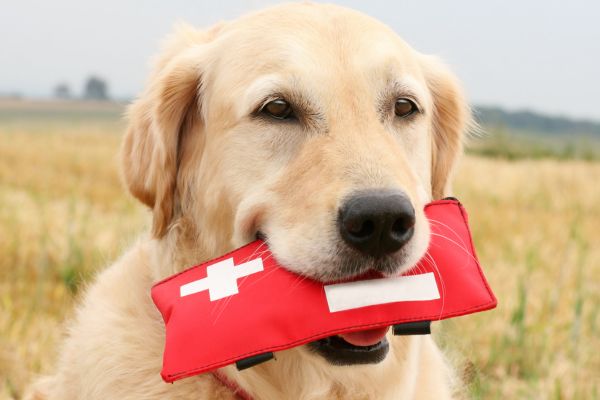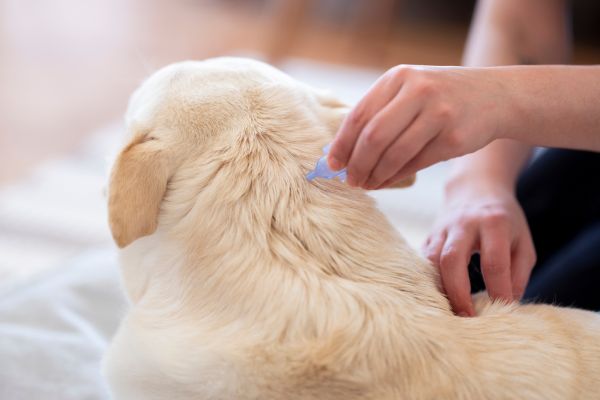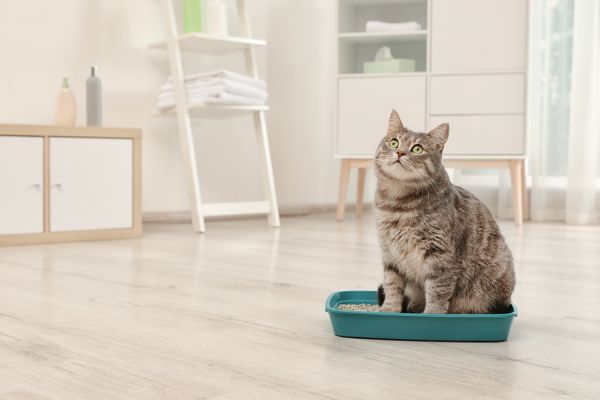One surefire way to spark heated debate among horse owners is to bring up hoof care. Do horses need to be shod or barefoot? What about boots? What about glued-on shoes, too? How often should they be cleaned? What is the ideal hoof size? You could go on.
Each horse is an individual, unique individual that lives in a particular environment and has his own set genetic traits. Each person who owns a horse also has their own expectations. We have found that there are no correct or incorrect answers to the above questions. When talking about horse feet, be careful of anyone who uses words such as “only” (as if horses should not go barefoot) and “always”, (as if horses should always wear shoes). There is no one size fits all answer because horses’ feet are affected by so many factors. We will discuss some of these factors below.
Genetics
No matter how good or poor her parents’ feet are, every horse is born with the same feet. Do both the horse’s parents sound and have great confirmation? Or did they suffer from hoof problems. People don’t always take into account the hoof genetics passed on by horse parents to their foals. Although genetics aren’t the only factor that affects a horse’s future, they can set the tone for his entire life.
Foals are developed
A foal in the wild is often up and running with the herd within hours of being born. She’s not confined to a small stall covered in shavings. For the legs and hooves to grow optimally, movement and exercise are crucial.
It is important that foals’ hooves are trimmed regularly in domestic settings. Sometimes as often as every three weeks. This will encourage their legs and hooves to develop as best as possible. A foal’s hooves should be inspected as soon as possible. If there are any leg deviations, it is a good idea to do so as early as possible. A horse’s future health can be affected if they wait too long before starting hoof care.
Living environment
Horses’ hooves adjust to their environment. There are some things that we cannot control, like the weather and how dry it is. How aware are you about the footing on which your horse spends her most time? Are your horse’s feet being developed by the terrain or are there hoof problems? Does it look like the environment in which you ride? Is there anything you can do to make it better and increase the chances of your horse hooves being improved?
Exercise and movement
The amount of exercise your horse does can have a significant impact on her hooves. Increased movement stimulates hoof growth and circulation. Horses’ feet can be positively affected by being in good shape, having good flexibility and muscle tone, and having good body posture. (And vice versa) Healthy feet lead to better overall health, muscle tone and flexibility, as well as better body posture.
Horses who are a bit chubby may need to exercise in order to maintain a healthy weight. In some cases, obesity can lead to debilitating hoof problems such as laminitis.
Diet
The horse’s diet directly impacts her hoof health. A well-balanced diet with all the necessary nutrients, vitamins, and minerals will result in healthier hooves.
Our horses can be loved to death by us humans, sometimes through food. Horses have suffered a lot from obesity, excessive sugar intake, too many cookies, and lack of knowledge about nutrition. In many cases, horses have died due to laminitis.
Injuries or diseases
Horses can injure themselves even in the most secure environment. These injuries can cause serious injury to horses’ health. For example, a wire cut through the coronary band can cause permanent damage to a horse’s hoof. While some injuries are easily treated and don’t pose a problem long-term, others can cause serious problems. This is why it’s important to seek veterinary and farrier care as soon as possible so your horse can heal and return to his health.
The job of the horse
Different activities require different care. These activities can be performed in many different environments, so it may require a specific approach to hoof care.
No matter what horse’s job, we must ensure that they are comfortable no matter what their footing is. We also need to provide them with the best biomechanics for healthy movement and be aware of how they respond to what we ask them to do. It is unfair to ask a horse to perform a task when her feet hurt or her legs are numb.
Expectations of people
When our expectations are not met, frustrations can result. My expectations may be unrealistic. For example, my horse may not be comfortable transitioning from wearing shoes to being barefoot overnight. Do I mind if she goes barefoot for a while? If she is not willing to take the time to adjust or invest in good hoof boots, then maybe barefoot is not the best choice.
Knowledge and skills of the hoof-care provider
Your hoof-care provider should have a solid knowledge base and be up to date with current research. Ask for references from your vet and other clients when looking for a hoof care provider. Ask about the philosophy and methods of potential providers when looking for hoof-care providers. Are their ideas and methods compatible with yours? Are they happy to answer questions and are they able? Are they willing to discuss new ideas and actively seeking out continuing education opportunities?
Support for the vet and hoof-care provider
When everyone works together as a team, horses get the best hooves results. You are the horse’s person and a crucial part of this team. You are responsible for feeding your horse a healthy diet and keeping her at a healthy weight. When managing laminitis, it is important to have a healthy diet and a good body condition. Do you keep to a regular schedule or go too long between visits for hoof-care? Are you following the recommendations of your hoof-care provider to pick out the hoof, apply thrush treatment and then return? Active support and participation in hoof-care makes a difference.
Horse behavior and handling
A key factor in hoof care is the ability of your horse to stand and allow for her feet to be tended to. If your horse is not willing to participate and stand still, it’s unrealistic to expect your hoof-care professional to do the best possible job. It is the responsibility and duty of the horse’s owner to train her to accept her feet being handled.
We can control some of these things, but not all. Although we cannot control the horse’s genes after birth, we can adjust her living conditions to some extent. However, we can control our expectations and our willingness to help the veterinarian and hoof-care provider. We can make sure that horses are calm and safe so that they can be cared for easily.
Ask your horse questions
Your horse is the best person to give you advice about your horse’s feet. What is your horse’s response to the changes in her feet? How does your horse move between trimming and shoeing? It’s normal for horses to feel sore after a footwork. Are her feet more or less sore? Is she able to pick up her feet for you but not for your hoof care provider? Are her feet looking healthier or worsening? If you listen, your horse can tell you lots.
Take an active role in horse hoof care
It’s better to work as a team with your veterinarian and hoof-care provider. It’s important to know what you can control, such as diet, exercise, and training, and to do your part in taking care of your horse’s feet.
Asking questions to your hoof-care provider is a good idea, as we have already said. Your horse’s feet should always have a reason. The provider may not be able to explain why she is doing it. Talk to your hoof-care provider, and you will come up with a plan that suits your needs and your horse’s best interests.
You may want to consider changing your hoof-care provider if your current provider isn’t available or willing to answer any questions you have. It is a good idea to ask your veterinarian for recommendations.
You can trim your hooves by yourself
Horse people find it rewarding to learn how to trim their horses’ hooves by themselves. This allows them to take control of how they do it. Although it is possible to learn how to do this yourself, it’s not something you should take lightly. If you don’t know what you are doing, you can cause more harm than good.
You must be committed to learning if you really want to. Learn to take classes and be an apprentice to a farrier or trimmer who is open to learning and supportive of your goals. A knowledgeable instructor will help you make the process easier for both you and your horse. Keep these things in mind when looking for classes to learn how to trim.
Are they able to discuss anatomy and the internal structures of the hoof? It is vital to understand the inside of the hoof, and how trimming (or not trimming) can affect those structures.
You have probably seen the work of students who took the course. What do the feet of their horses look like? They learned a lot during the course. It was worth it?
Do you think just trimming is the best choice? Or does your horse require more knowledge or shoes?
Here are some options for taking classes if you are interested in learning more about anatomy and trimming, as well as full farrier training.
- Equine Lameness Prevention Organization
- Farrier School for Equine Lameness Prevention Organization
- Daisy Haven Farm: School of Integrative Horsecare
- Mission Farrier School


